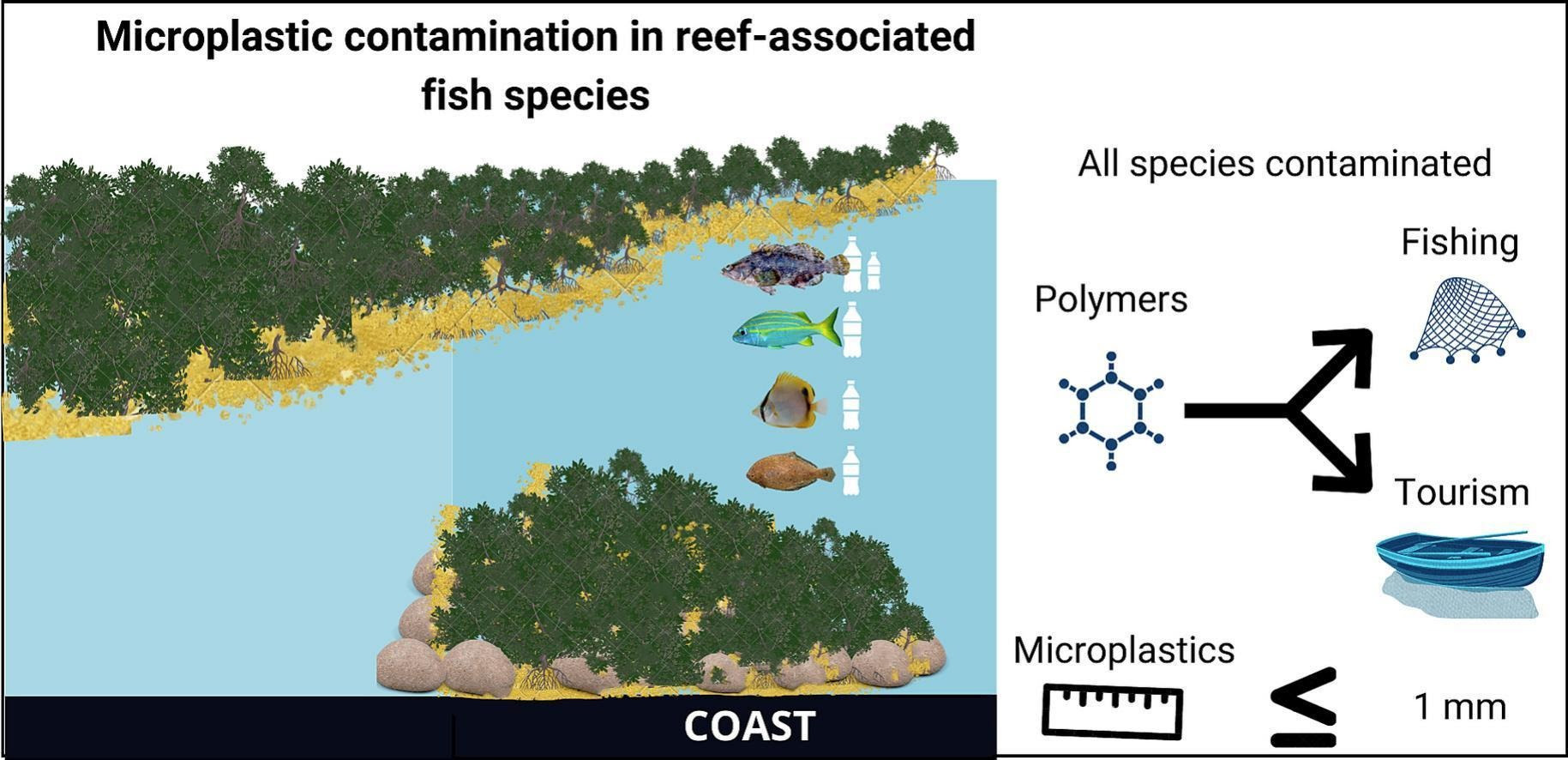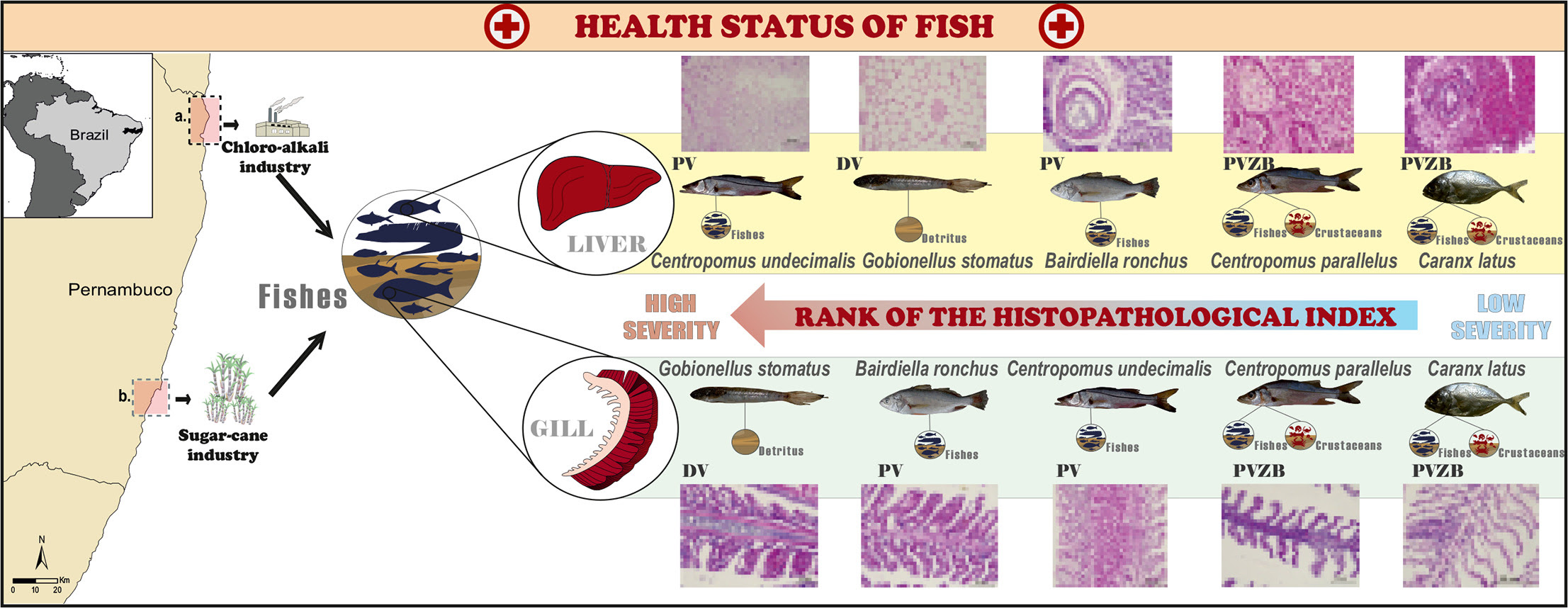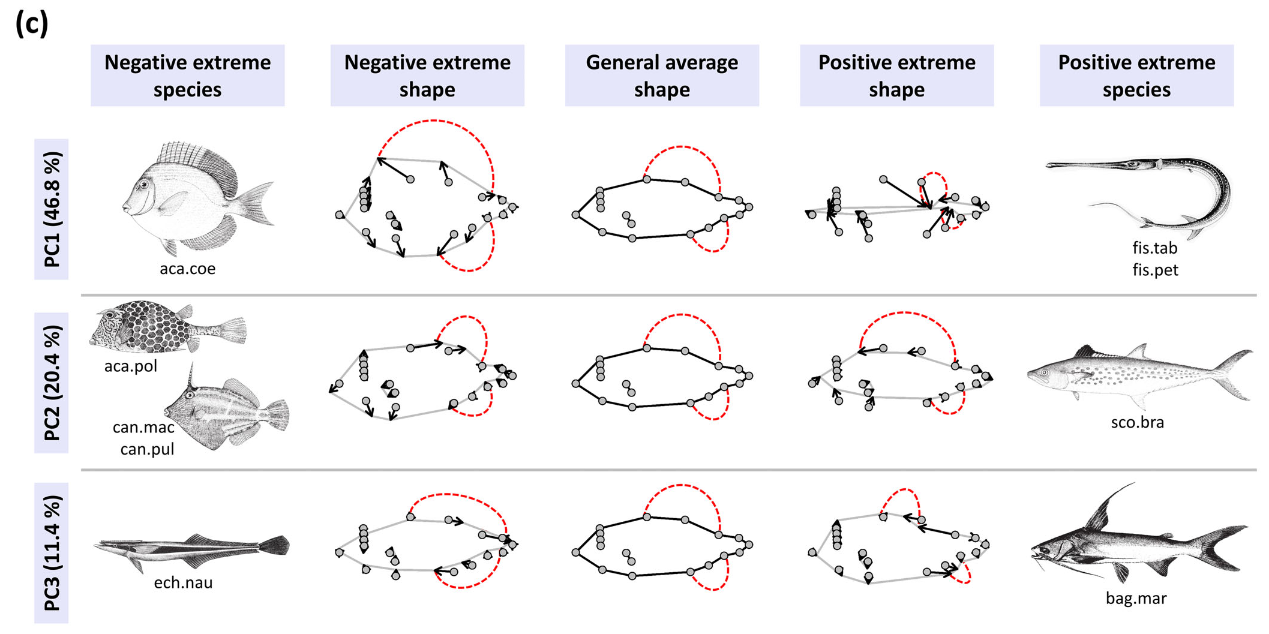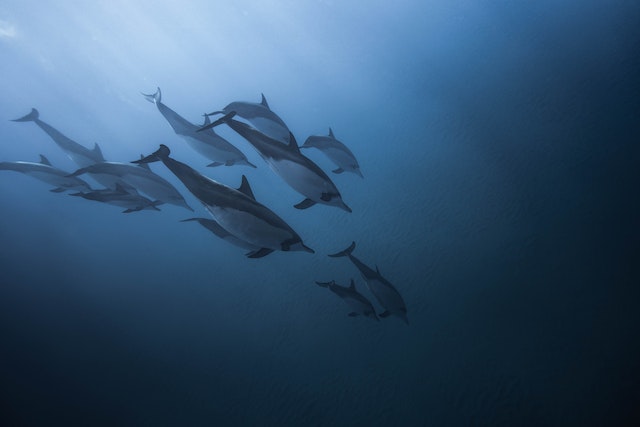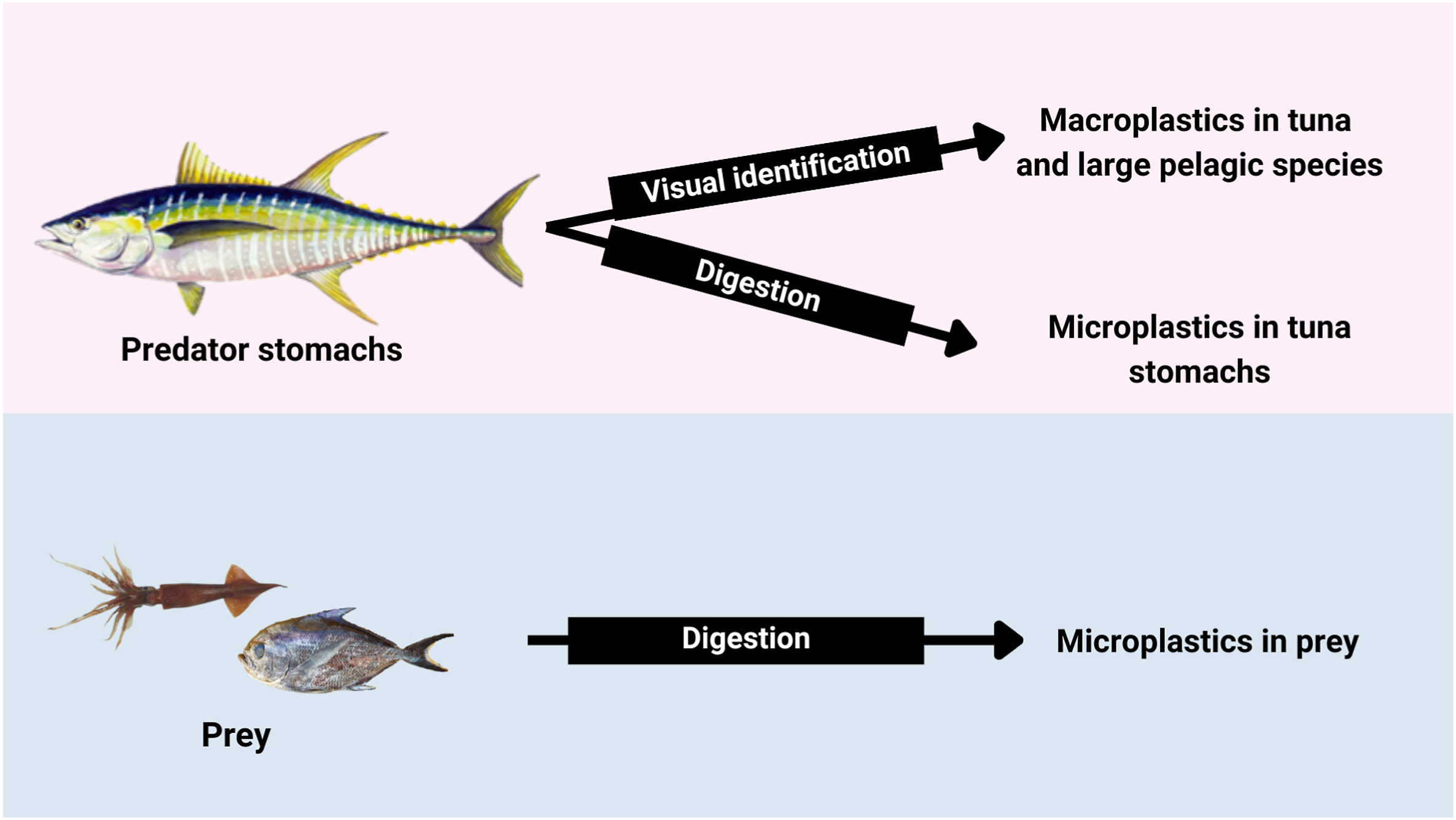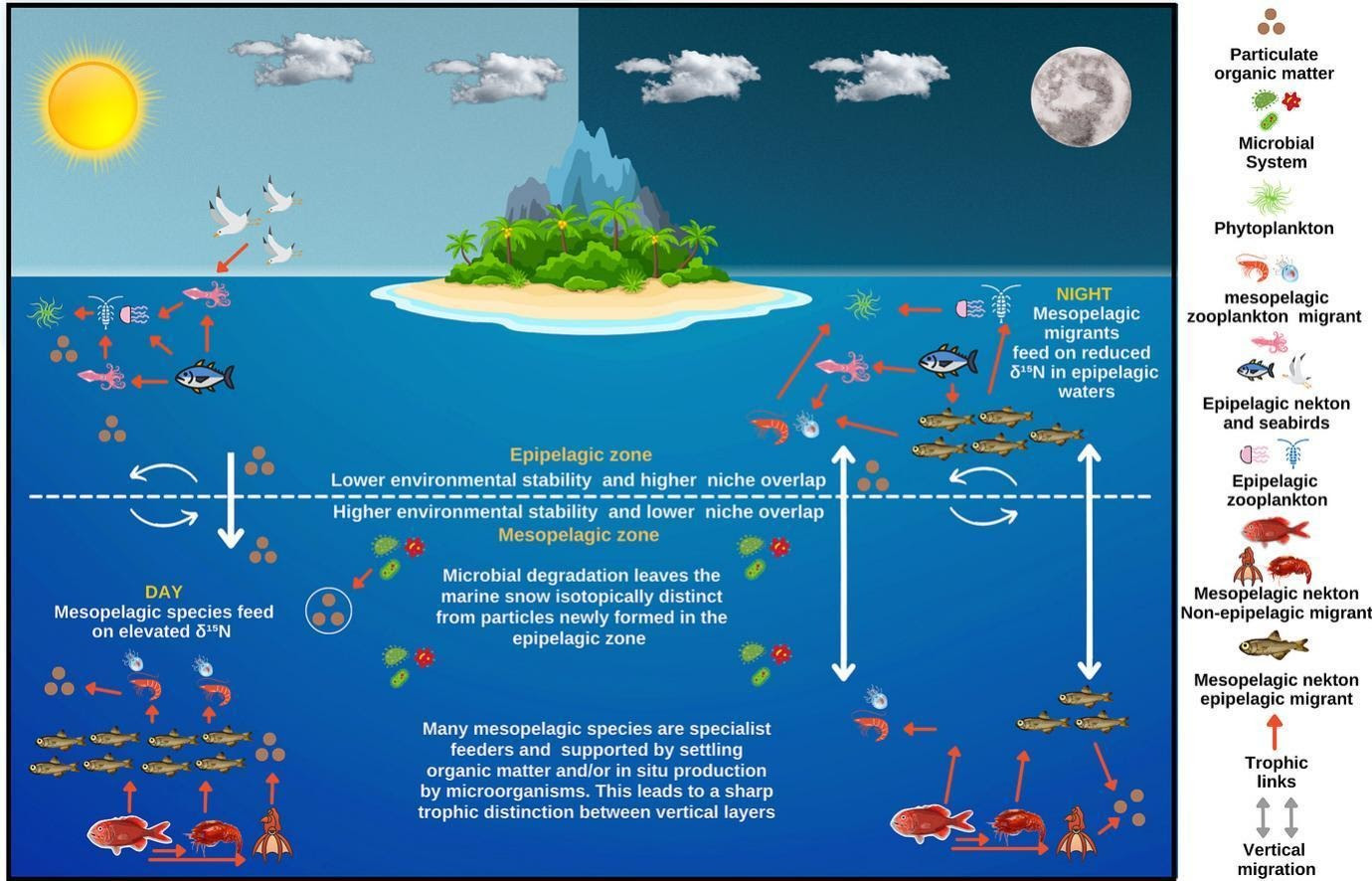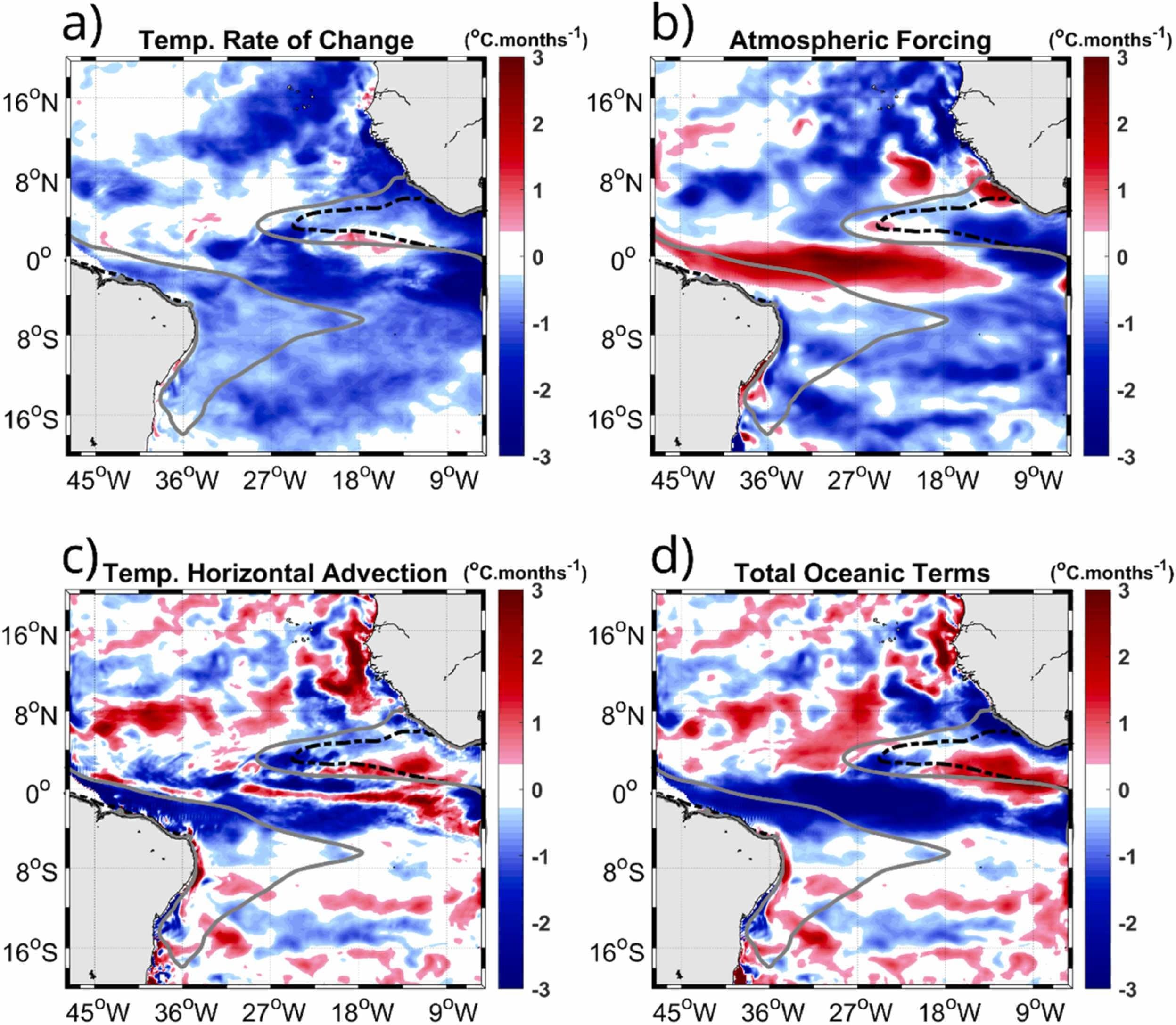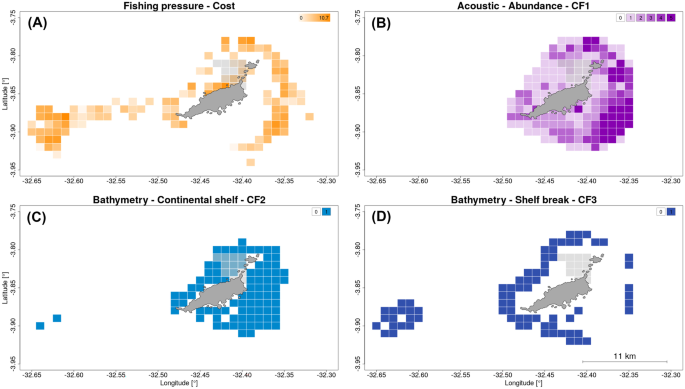Microplastics (MPs) are ubiquitous in marine compartments, and their transboundary distribution favours the dispersion and accumulation of particles in ecosystems. This study investigated MP contamination
A new species of the scaleless black dragonfish genus Melanostomias is described based on a single specimen (180 mm SL) collected off the northern Fernando
Estuaries in Brazil are mostly anthropically affected due to the discharge of industrial and domestic effluents. In two of them, the Santa Cruz Channel Estuary
Functional morphology investigates the relationships between morphological characters and external factors, such as environmental, physical and ecological features. Here, we evaluate the functional relationships between
Eduardo L. N., Lucena-Frédou F., Lanco Bertrand S., Souza Lira A., Mincarone M.M., Tavares Nunes G., Frédou T., Soares A., Le Loc’h F., Pelage L.,
Plastic pollution is present in most marine environments; however, contamination in pelagic predators, including species of economic interest, is still poorly understood. This study aims
The connection between epipelagic and deep-sea mesopelagic realms controls a variety of ecosystem processes including oceanic carbon storage and the provision of harvestable fish stocks.
A numerical investigation of the interannual Southwestern and Equatorial Atlantic warm pools (WPs) (SST>28 °C) was conducted for the 2000–2014 period, focusing on two major
Reserves are at the heart of global policies to stop the erosion of biodiversity. Optimisation is increasingly used to identify reserve locations that preserve biodiversity
In the Southeastern Tropical Atlantic, Haemulidae family play an important role both environmentally, acting as a link between lower and higher trophic levels, and socioeconomically,



